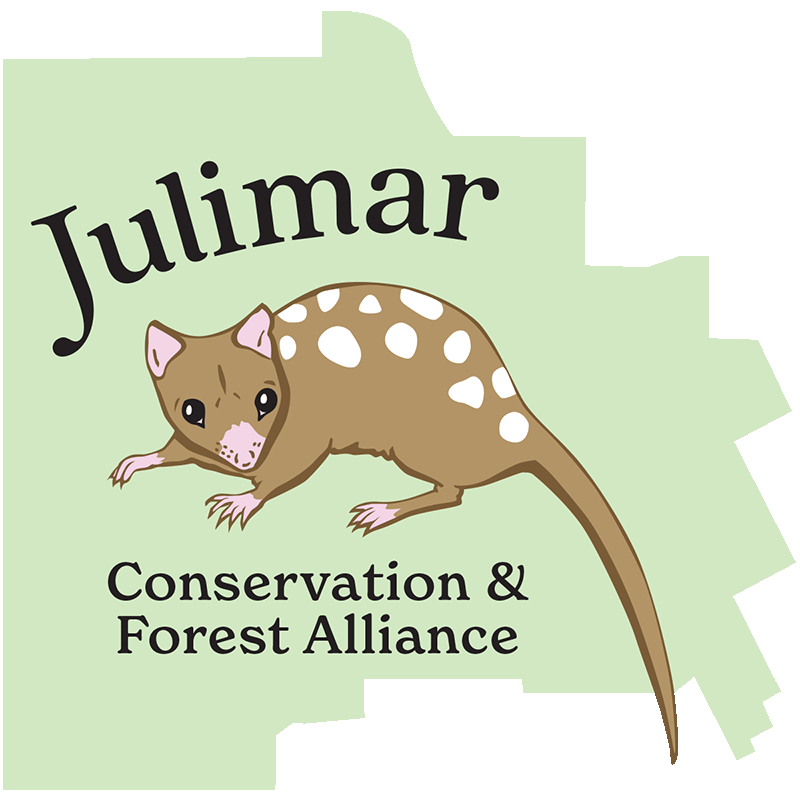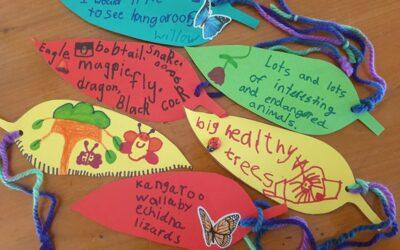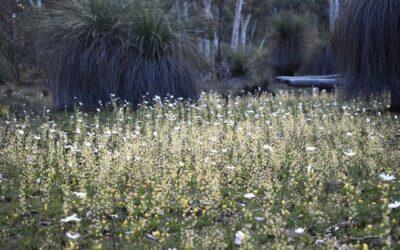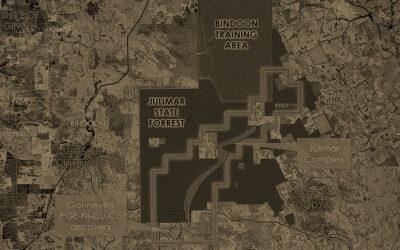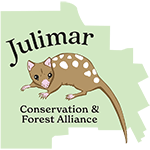Julimar Conservation & Forest Alliance
Working to ensure the conservation of Julimar State Forest for all to enjoy for years to come.
The Forest's 28,600 hectares contain at least 20 vegetation communities.

It provides vital habitat for 140 recorded species of birds, 30 species of mammals, and an estimated 350 species of invertebrates.

It contributes to the conservation of vulnerable species such as the Black-gloved Wallaby, Woylie and Chuditch.

Large numbers of endangered Carnaby’s Black Cockatoo use the many nesting hollows on an annual basis.
Julimar State Forest needs National Park Status
For over 30 years, Julimar State Forest has been recognised as an area of high conservation value for its flora and fauna biodiversity and habitat value. This is still considered the case today.
National Park status would provide legislative protection for the Forest’s ecological value and recreational use.
It would allow planned and respectful use of the Forest whilst minimising the destruction and degradation caused by its diverse users.
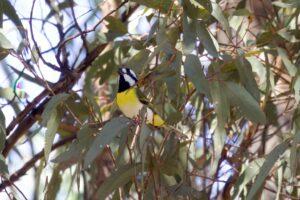
Crested Shrike-tit. Photo by by Phil Lewis.
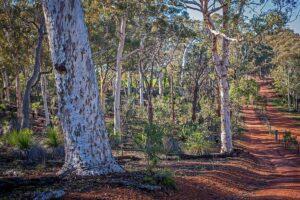
Julimar landscape by Georgina Steytler
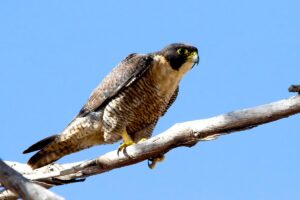
Peregrine Falcon (Falco peregrinus). Photo by Phil Lewis.
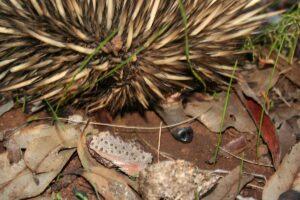
An echidna searching for ants. Photo by Wayne Clarke.
News
A child’s perspective
In the last two years we have had the wonderful opportunity to talk with our younger generations and hear what they perceive is happening in our natural environment.
Julimar Petition rejected: WAs Environment Minister caves in to mining interests
On August 26th we received a response from the Standing Committee on Environment and Public Affairs to our petition in support of Julimar State Forest becoming a National Park. Unfortunately, Minister Whitby has stated that mining tenements in the forest will take precedence over conservation.
Asbestos, air quality, water pollution: Gonneville to be subject to a Public Environmental Review.
In March, the Environmental Protection Authority (EPA) put the Chalice Gonneville proposal out for public comment on what level of environmental scrutiny should be given to the proposal. In response, over 740 public submissions were made with over 710 of those requesting a Public Environmental Review, the highest level of scrutiny possible. Thanks to these submissions, the EPA published its decision to assess the Gonneville Project at the Public Environmental Review level on April 22.
